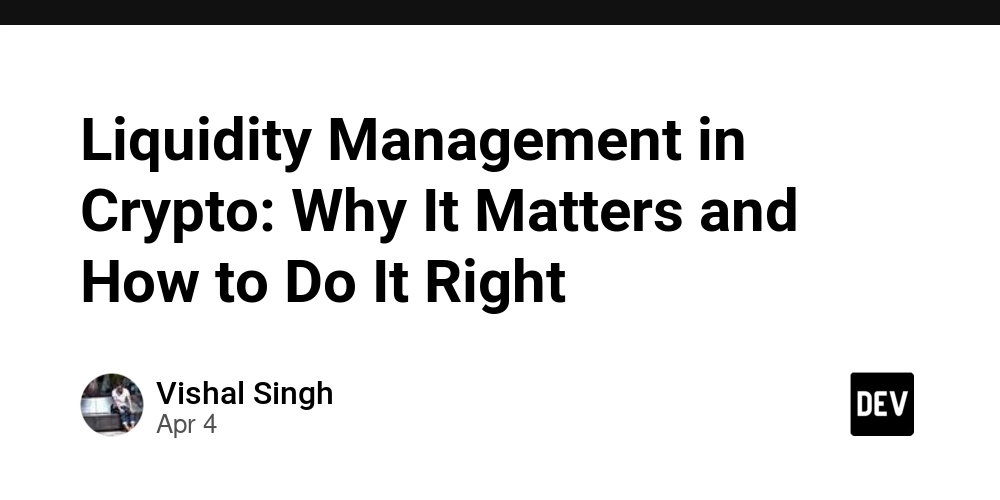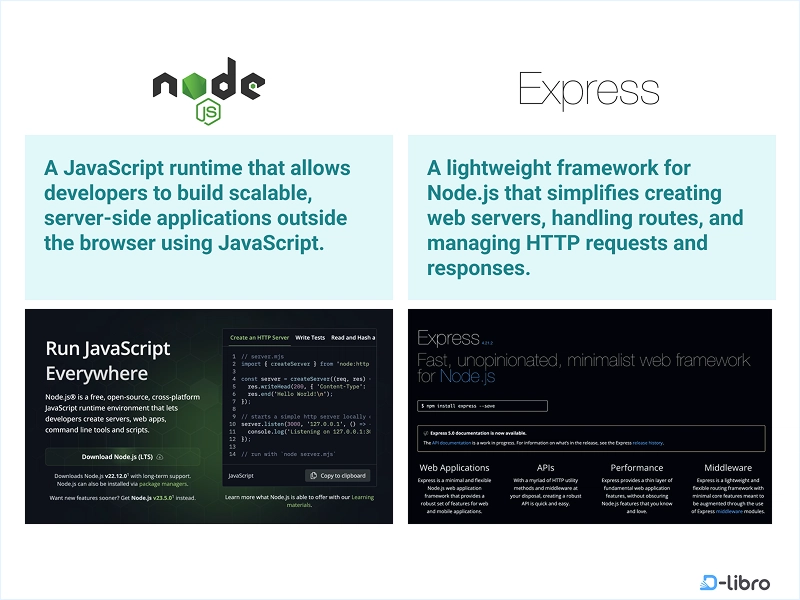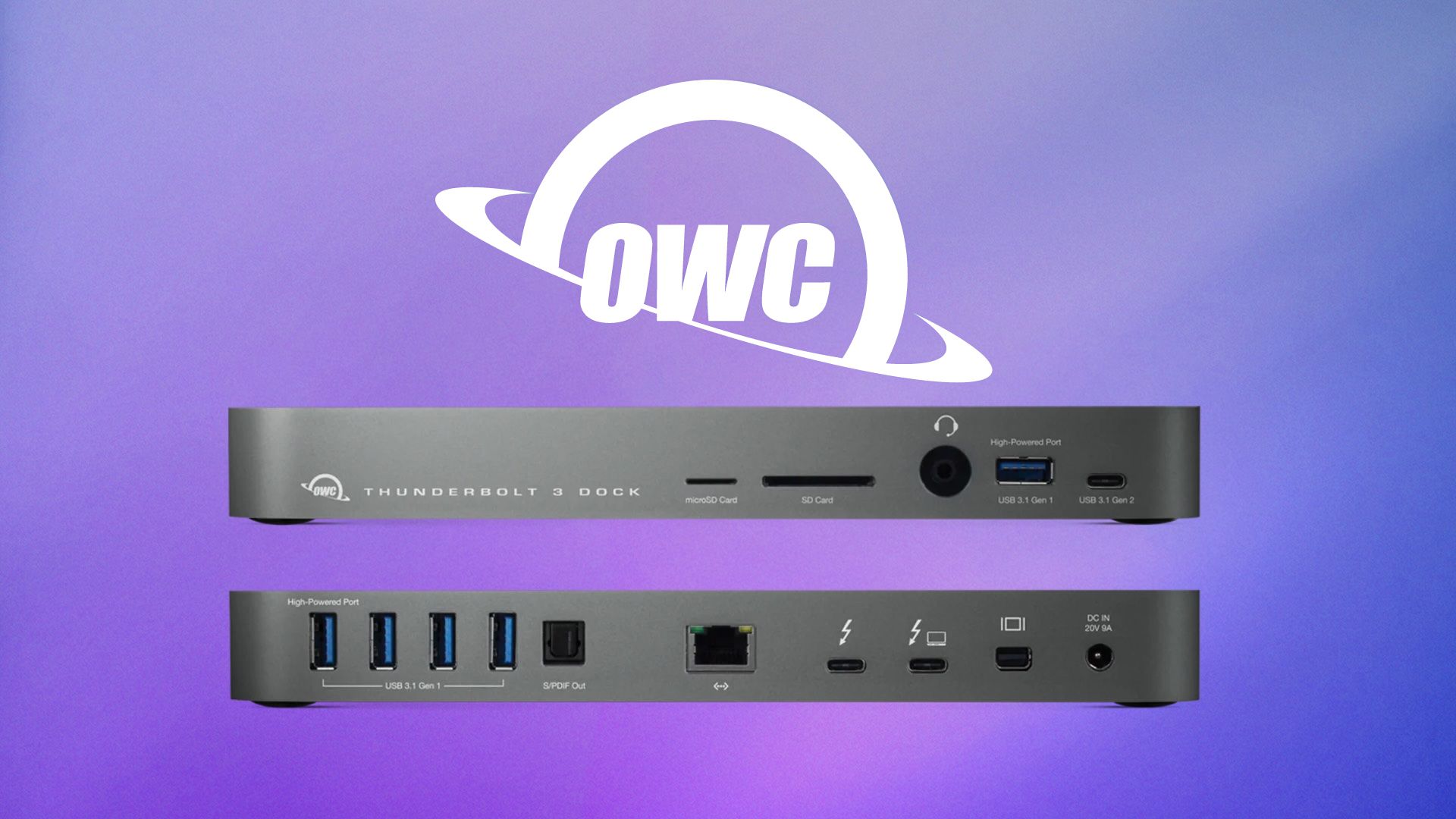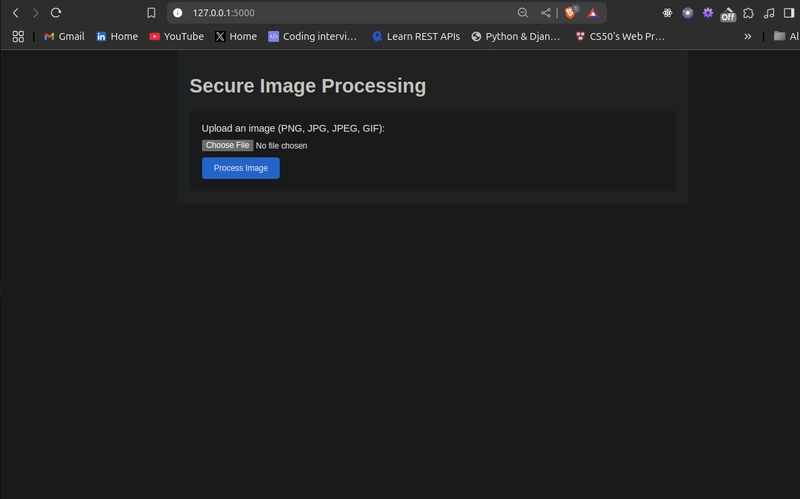Liquidity Management in Crypto: Why It Matters and How to Do It Right
In the fast-moving world of crypto, liquidity is everything. Whether you’re running a DeFi protocol, launching a new token, or trading on a decentralized exchange, effective liquidity management can make or break your project. But what exactly is liquidity management, and why is it such a critical part of the Web3 ecosystem? What Is Liquidity in Crypto? In simple terms, liquidity refers to how easily a token can be bought or sold without significantly impacting its price. A highly liquid asset has a deep order book or a strong pool of buyers and sellers. Illiquid tokens, on the other hand, suffer from slippage, price manipulation, and low trust. Why Liquidity Management Matters 1. Price Stability Poor liquidity can lead to high price volatility. Proper liquidity management helps keep your token’s price more stable, encouraging investor confidence and long-term participation. 2. User Confidence A token with good liquidity feels “alive.” Traders, investors, and users are more likely to interact with your token if they know they can enter and exit positions easily. 3. Increased Volume and Visibility Projects with solid liquidity often get listed on top DEXs and CEXs, improving discoverability and trading volume. Higher liquidity can also lead to better token rankings on platforms like CoinMarketCap and CoinGecko. 4. Lower Slippage For traders, slippage (the difference between expected and executed price) is a nightmare. Healthy liquidity pools reduce slippage, making your token more attractive to both retail and institutional traders. Key Strategies for Effective Liquidity Management ✅ 1. Liquidity Pool Seeding For DeFi projects, creating a strong liquidity pool on platforms like Uniswap, PancakeSwap, or Curve is essential. Make sure to pair your token with a major asset (like ETH, BNB, or USDC) to reduce volatility. ✅ 2. Use of Liquidity Lockers Locking liquidity using services like Unicrypt or Team Finance boosts investor trust and reduces fears of rug pulls. It shows your commitment to the long-term success of the project. ✅ 3. Market Making Professional market makers help maintain a healthy order book, reduce spreads, and increase volume across centralized exchanges. This ensures consistent liquidity and better trading experience. ✅ 4. Dynamic Incentives Platforms like Curve and Balancer reward liquidity providers with governance tokens. Offering similar incentives on your platform can attract liquidity and keep it sticky. ✅ 5. Cross-Chain Liquidity Consider deploying your token across multiple chains (via bridges) to access a broader liquidity pool and user base. Just make sure to manage risks like bridge exploits. Common Mistakes to Avoid Neglecting post-launch liquidity: Many projects focus on launch hype but fail to maintain liquidity long-term. Poor pair selection: Pairing your token with unstable or low-volume assets can harm liquidity. Over-reliance on bots: Relying only on automated market making without real user activity can create the illusion of liquidity. Final Thoughts Liquidity management isn’t just a technical detail — it’s a core pillar of a healthy crypto project. Whether you’re a trader, founder, or DeFi builder, understanding how to manage liquidity effectively is crucial for success. Strong liquidity drives adoption. It builds trust. And ultimately, it’s what keeps your token alive in the ever-changing Web3 world. Plan it. Manage it. Grow it. That’s the liquidity edge. Need help crafting a liquidity plan for your token launch or DeFi project? Let me know and I can help draft a tailored strategy or landing page!

In the fast-moving world of crypto, liquidity is everything. Whether you’re running a DeFi protocol, launching a new token, or trading on a decentralized exchange, effective liquidity management can make or break your project.
But what exactly is liquidity management, and why is it such a critical part of the Web3 ecosystem?
What Is Liquidity in Crypto?
In simple terms, liquidity refers to how easily a token can be bought or sold without significantly impacting its price. A highly liquid asset has a deep order book or a strong pool of buyers and sellers. Illiquid tokens, on the other hand, suffer from slippage, price manipulation, and low trust.
Why Liquidity Management Matters
1. Price Stability
Poor liquidity can lead to high price volatility. Proper liquidity management helps keep your token’s price more stable, encouraging investor confidence and long-term participation.
2. User Confidence
A token with good liquidity feels “alive.” Traders, investors, and users are more likely to interact with your token if they know they can enter and exit positions easily.
3. Increased Volume and Visibility
Projects with solid liquidity often get listed on top DEXs and CEXs, improving discoverability and trading volume. Higher liquidity can also lead to better token rankings on platforms like CoinMarketCap and CoinGecko.
4. Lower Slippage
For traders, slippage (the difference between expected and executed price) is a nightmare. Healthy liquidity pools reduce slippage, making your token more attractive to both retail and institutional traders.
Key Strategies for Effective Liquidity Management
✅ 1. Liquidity Pool Seeding
For DeFi projects, creating a strong liquidity pool on platforms like Uniswap, PancakeSwap, or Curve is essential. Make sure to pair your token with a major asset (like ETH, BNB, or USDC) to reduce volatility.
✅ 2. Use of Liquidity Lockers
Locking liquidity using services like Unicrypt or Team Finance boosts investor trust and reduces fears of rug pulls. It shows your commitment to the long-term success of the project.
✅ 3. Market Making
Professional market makers help maintain a healthy order book, reduce spreads, and increase volume across centralized exchanges. This ensures consistent liquidity and better trading experience.
✅ 4. Dynamic Incentives
Platforms like Curve and Balancer reward liquidity providers with governance tokens. Offering similar incentives on your platform can attract liquidity and keep it sticky.
✅ 5. Cross-Chain Liquidity
Consider deploying your token across multiple chains (via bridges) to access a broader liquidity pool and user base. Just make sure to manage risks like bridge exploits.
Common Mistakes to Avoid
- Neglecting post-launch liquidity: Many projects focus on launch hype but fail to maintain liquidity long-term.
- Poor pair selection: Pairing your token with unstable or low-volume assets can harm liquidity.
- Over-reliance on bots: Relying only on automated market making without real user activity can create the illusion of liquidity.
Final Thoughts
Liquidity management isn’t just a technical detail — it’s a core pillar of a healthy crypto project. Whether you’re a trader, founder, or DeFi builder, understanding how to manage liquidity effectively is crucial for success.
Strong liquidity drives adoption. It builds trust. And ultimately, it’s what keeps your token alive in the ever-changing Web3 world.
Plan it. Manage it. Grow it. That’s the liquidity edge.
Need help crafting a liquidity plan for your token launch or DeFi project? Let me know and I can help draft a tailored strategy or landing page!










































































































































































![[The AI Show Episode 143]: ChatGPT Revenue Surge, New AGI Timelines, Amazon’s AI Agent, Claude for Education, Model Context Protocol & LLMs Pass the Turing Test](https://www.marketingaiinstitute.com/hubfs/ep%20143%20cover.png)





































































































































![From drop-out to software architect with Jason Lengstorf [Podcast #167]](https://cdn.hashnode.com/res/hashnode/image/upload/v1743796461357/f3d19cd7-e6f5-4d7c-8bfc-eb974bc8da68.png?#)













































.jpeg?#)






























































-11.11.2024-4-49-screenshot.png?width=1920&height=1920&fit=bounds&quality=70&format=jpg&auto=webp#)






















_jvphoto_Alamy.jpg?#)




.png?#)






































































































![Apple Debuts Official Trailer for 'Murderbot' [Video]](https://www.iclarified.com/images/news/96972/96972/96972-640.jpg)
![Alleged Case for Rumored iPhone 17 Pro Surfaces Online [Image]](https://www.iclarified.com/images/news/96969/96969/96969-640.jpg)

![Apple Rushes Five Planes of iPhones to US Ahead of New Tariffs [Report]](https://www.iclarified.com/images/news/96967/96967/96967-640.jpg)



































































































































